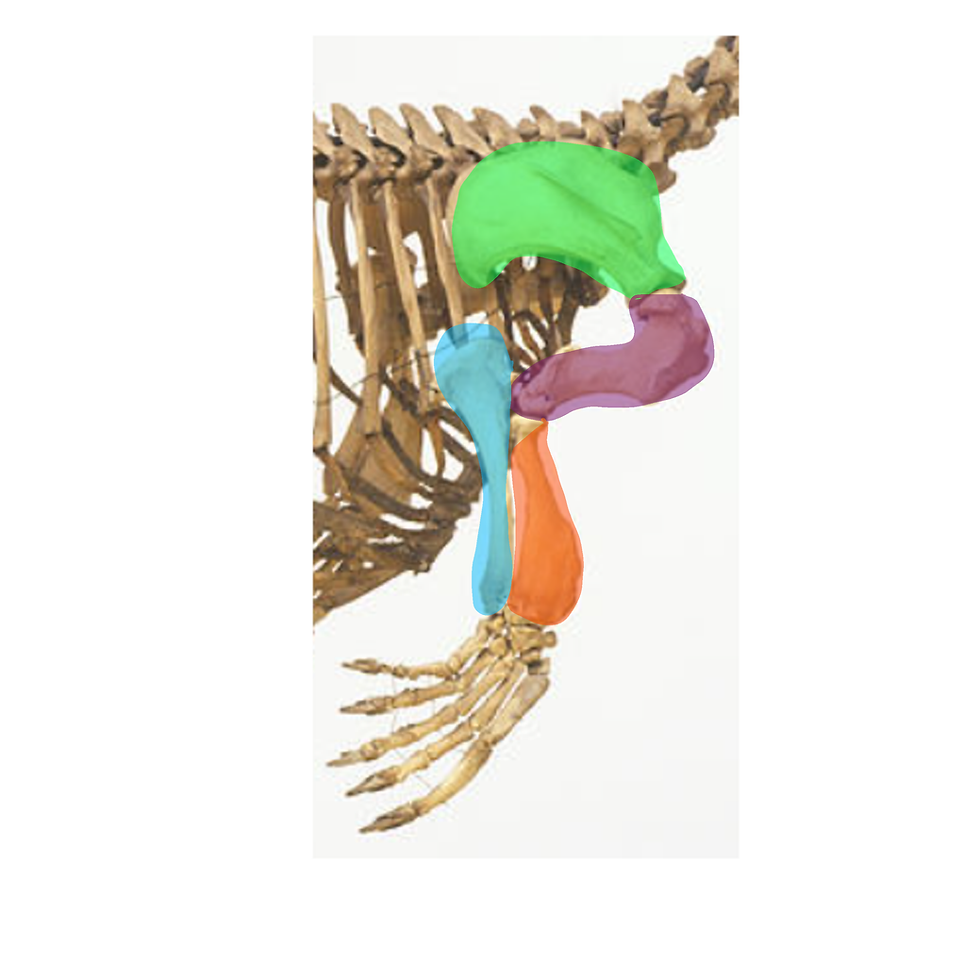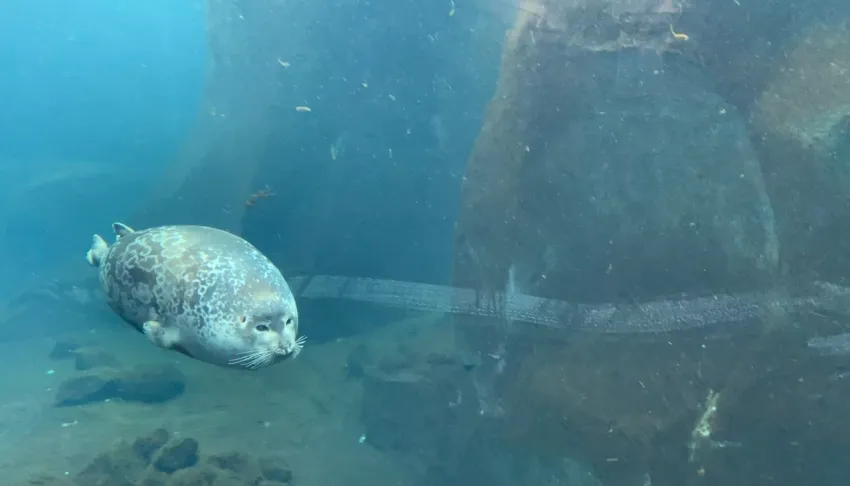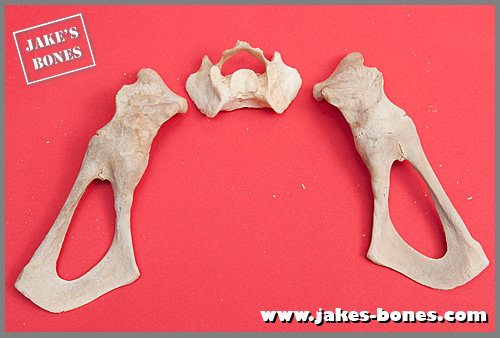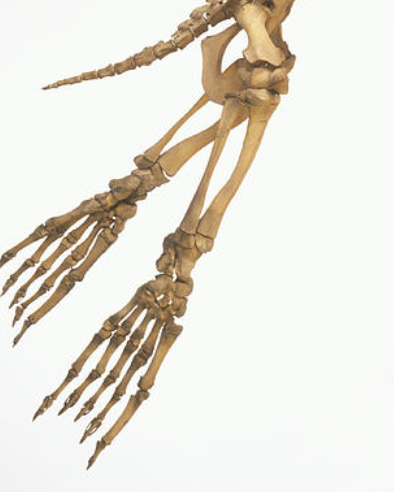SEAL-ETON PT 2.
- kradiganscience24
- Jun 26
- 2 min read
Tavishi
Welcome back to part two of the phocid skeleton post! Quick recap: we just finished covering the axial skeleton, and now all that's left is the heterotopic skeleton and the appendicular skeleton.
Most importantly, here's a Ross seal to start off the post on a good tone:

First, the appendicular skeleton consists, pretty much, of just the flippers of the seal. First, the front flippers, or the pectoral limb complex.

The green is the scapula of the seal. In humans, you may have heard it referred to as the shoulder blades. Compared to humans and land mammals, the scapula in phocids is much more rounded. Similarly, it is much less prominent than in other animals, because seals need less pushing from this part of their body for swimming. Rather, phocids rely much more on their pelvic limb complex (hind flippers) for the actual swimming bit. The purple is the humerus, which has a ball and socket joint with the scapula.

Now, in seals, the humerus is slightly smaller than the sea lion. Additionally, compared to humans and other animals that actually use their arms for locomotion and/or Machine (mfw mechanical advantage), the humerus in the phocid is much, much smaller than in seals. In otariids, because they essentially use their flippers like wings to sorta glide through the water, the humerus size isn't what matters, but rather, the radius and ulna.
The blue is the ulna, and the orange the radius. These two are longer significantly in otariids than in phocids.
And finally, we got the hand! Which, as you might know, we can't really tell. These fingers are pretty useless, because the are "webbed". We got nails but no grippers.

Next, the pelvis and pelvic limb complex. The pelvis is split into two sides, with the same bones on either side. In between each side runs the vertebrae, to which the pelvis slices are attached by the ilium:

Anyways, here's the pelvic limbs:

Unfortunately, I'm lazy and so thus ends the post. heehee




Comments